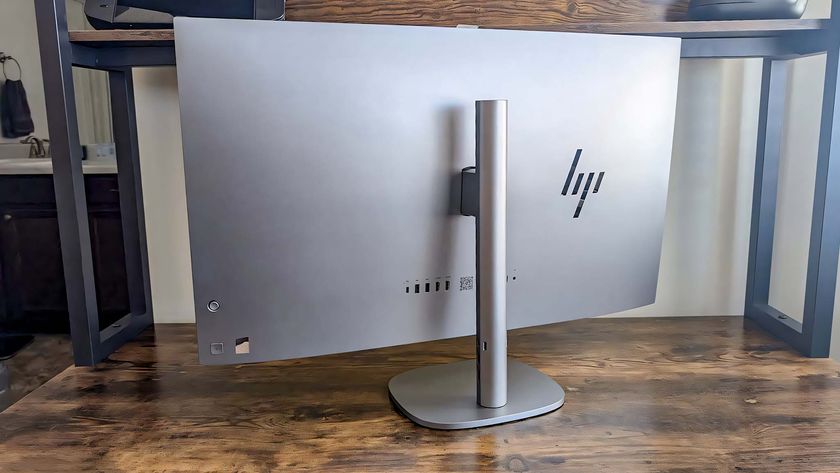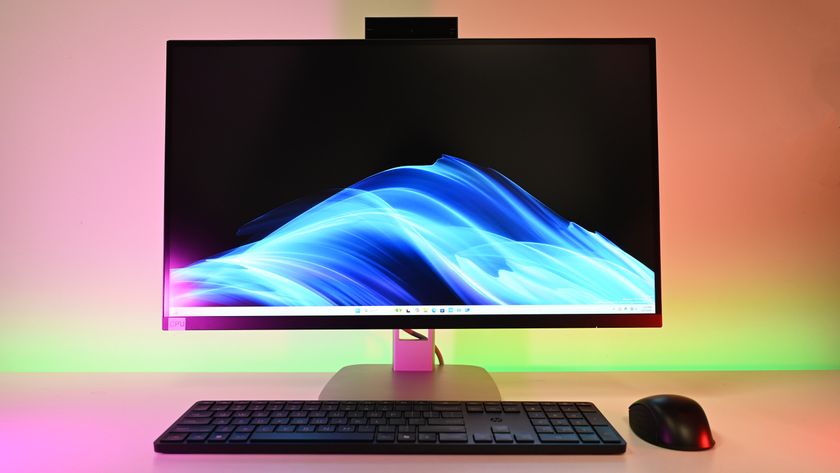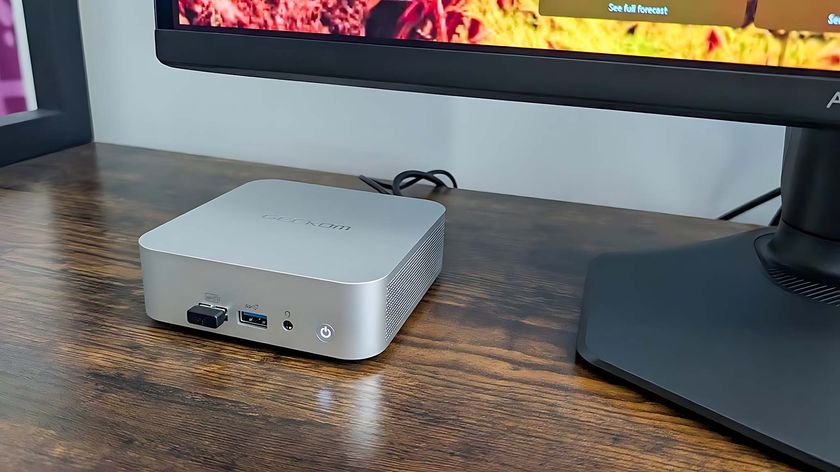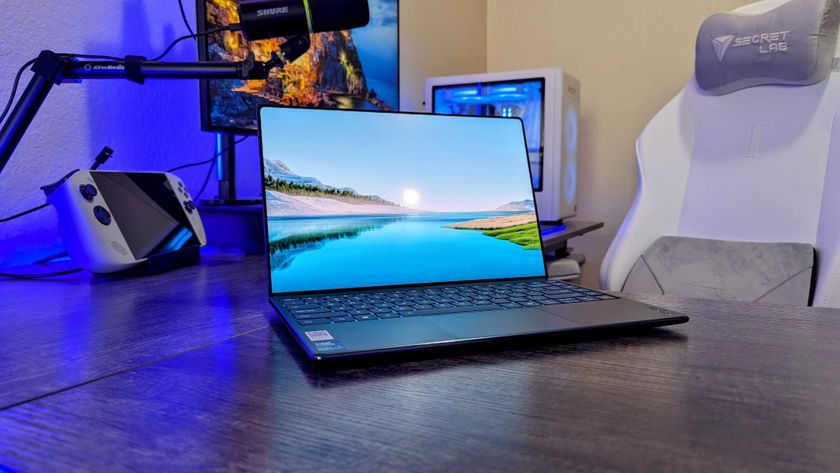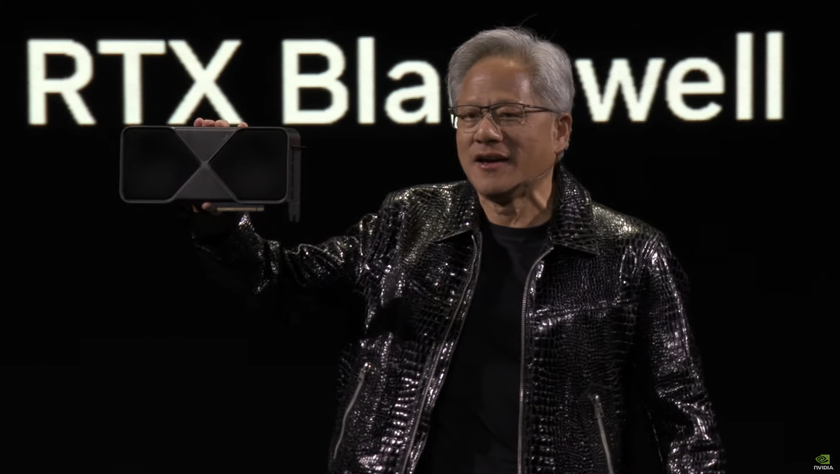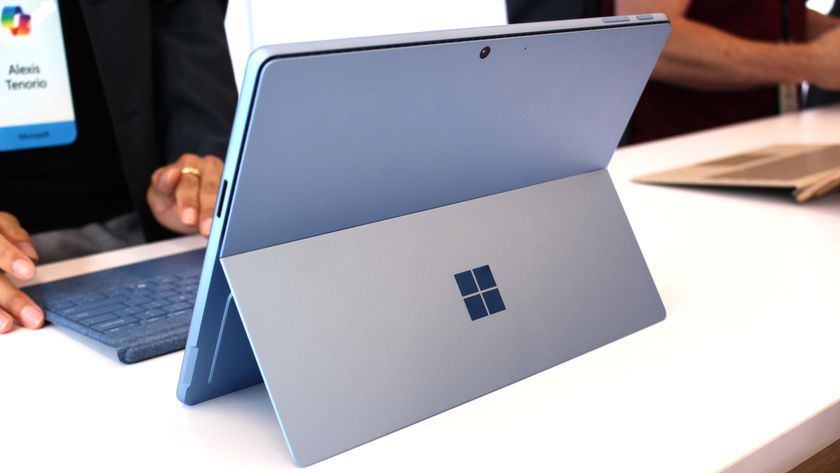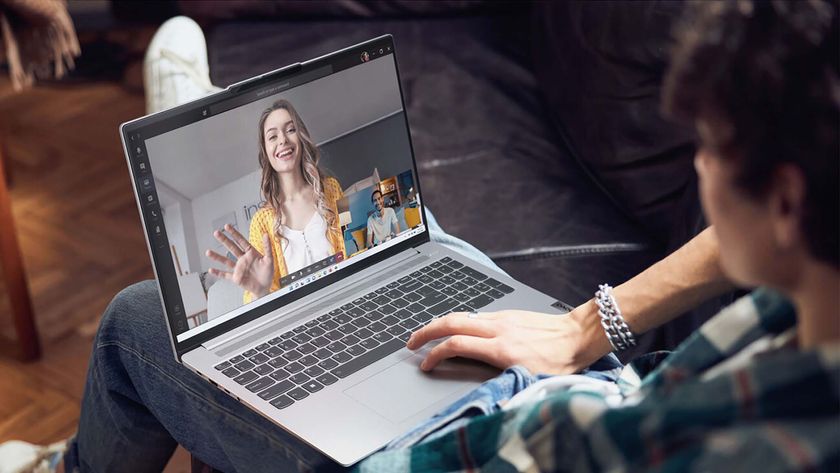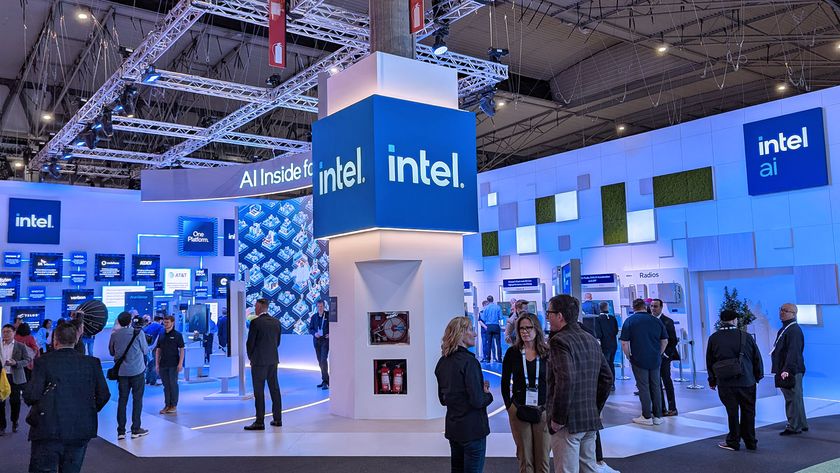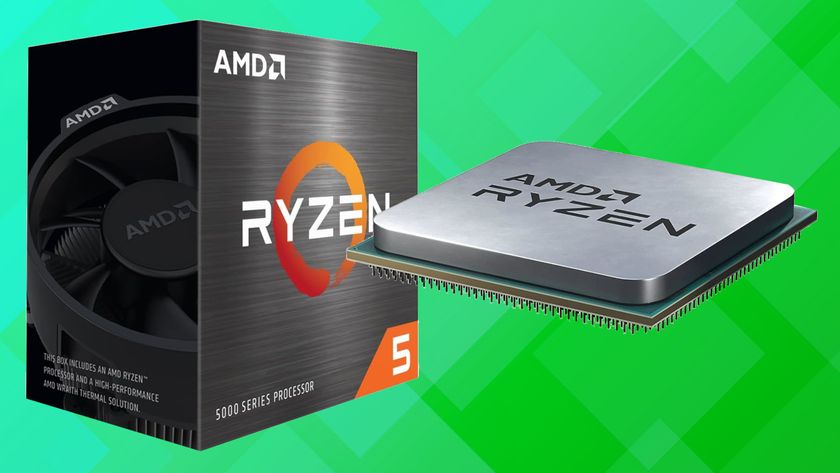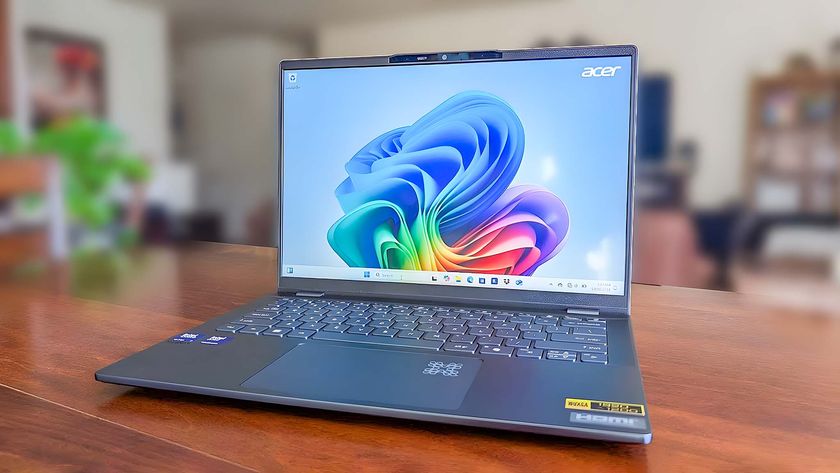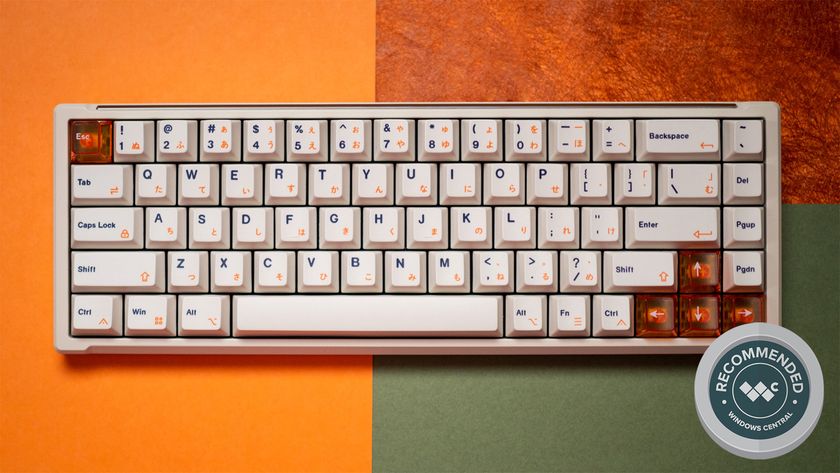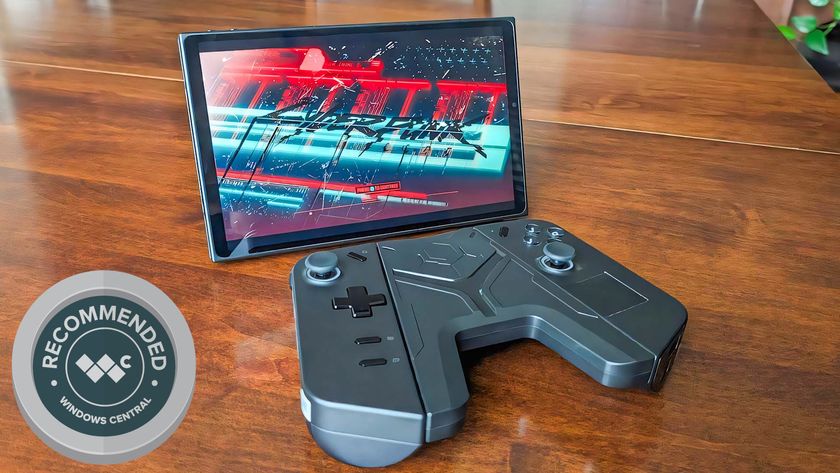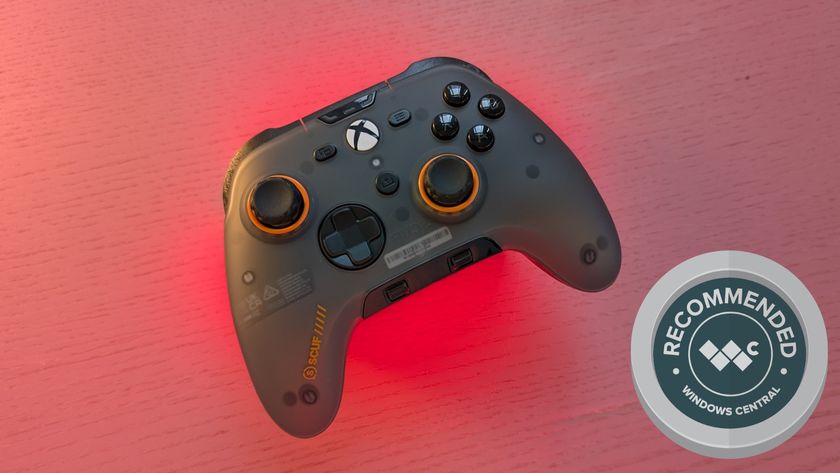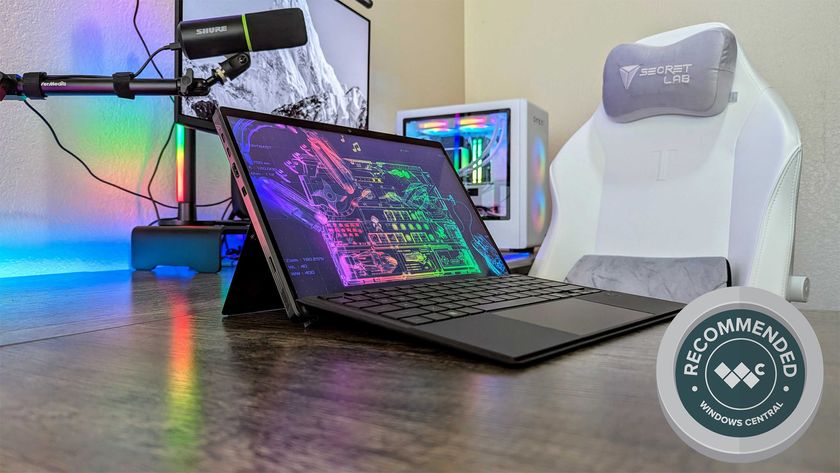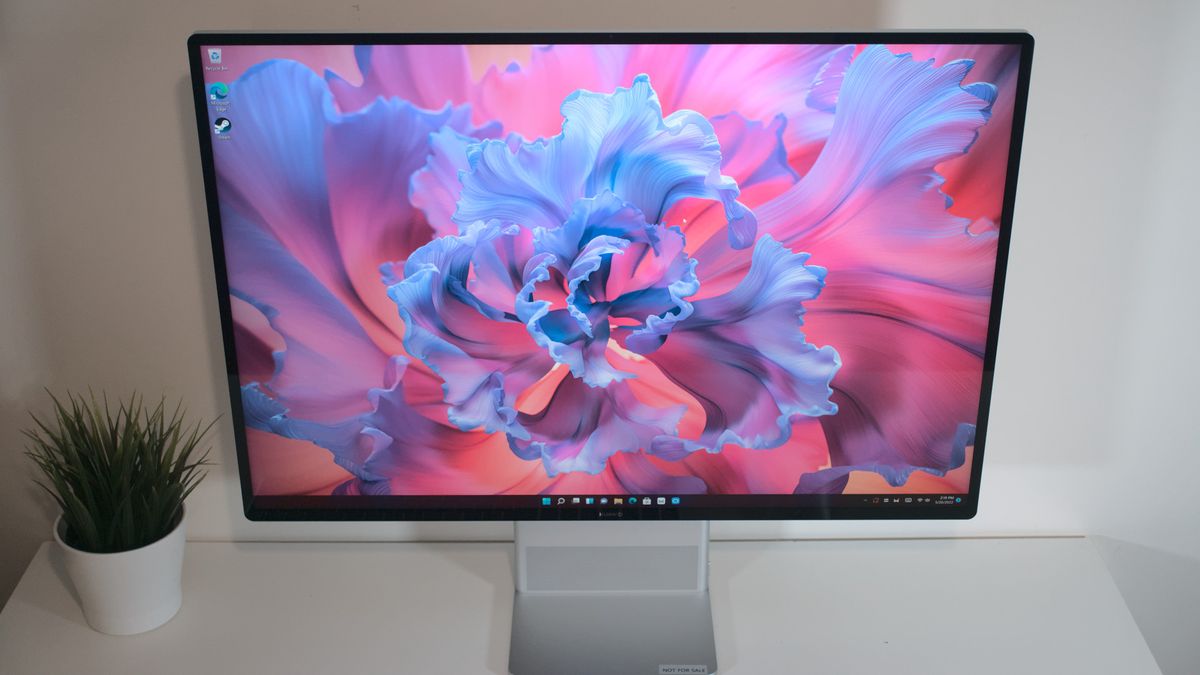Windows Central Verdict
Pros
- +
Stunning touchscreen display
- +
Gorgeous modern design
- +
Good connectivity
- +
AMD Ryzen 5000H Series CPU
- +
Punchy speakers
Cons
- -
Bundled mouse
- -
Display limited to 60Hz
- -
Webcam
Why you can trust Windows Central
Apple and Microsoft create some stunning hardware in the Mac and Surface ranges, but Huawei is also capable of such wonders, and the Huawei MateStation X is a prime example. This iMac Windows PC alternative that could also pass off as a Surface knock-off comes packing a punch within a stunning metal and aluminum chassis.
Windows 11 gave Microsoft's operating system a much-needed visual refresh, which makes the MateStation X all the more appealing. Throw in an impressive 28-inch touchscreen display, the latest AMD Ryzen mobile processors, and the latest wireless connectivity in the form of Wi-Fi 6 and Bluetooth 5, and you've got a killer all-in-one PC that could become one of the best desktop computers.
Huawei MateStation X: Price, availability, and specs
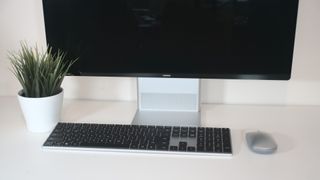
The Huawei MateStation X comes in two flavors. The first rocks an AMD Ryzen 5 5600H processor and another the more powerful AMD Ryzen 7 5800H. All models come with the same 512GB SSD and 16GB of DDR4-3200 RAM. At the time of this review, there's no word on pricing just yet though we're aware it's going to be multiple thousands.
| Specifications | Huawei MateStation X |
|---|---|
| OS | Windows 11 |
| Processor | AMD Ryzen 5 5600H |
| Row 2 - Cell 0 | AMD Ryzen 7 5800H |
| Graphics | AMD Radeon Graphics |
| Memory | 16GB DDR4-3200 |
| Storage | 512GB NVMe PCIe SSD |
| Ports | 2x USB-C 3.2 Gen 1 (DisplayPort 1.2) |
| Row 7 - Cell 0 | 2x USB-A 3.2 Gen 1 |
| Row 8 - Cell 0 | 1x Audio jack |
| Wireless | Intel AX211 Wi-Fi 6 |
| Dimensions | 530mm x 187mm x 614mm |
| Weight | 9kg |
Windows Central was sent the more capable model with the AMD Ryzen 7 5800H for review, alongside a Huawei MatePad 11 and Huawei P50 Pro to test the company's Super Device functionality.
Huawei MateStation X: Design and features
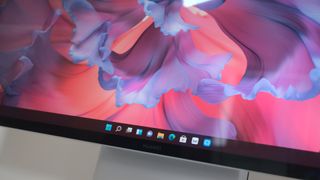
Huawei clearly took inspiration from Apple regarding the design of the MateStation X, but the company attempted to approach the all-in-one computer from a different angle. For starters, the actual PC isn't located within the display chassis. Huawei essentially stuck a black box to the stand that houses all the necessary components.
The Huawei MateStation X doesn't just look the part, it also sounds great.
Unfortunately, just like the iMac, there's no height adjustment with the MateStation X, and you can only tilt the display so far (about 20 degrees). This can easily be overlooked with how Huawei went about placing USB ports. Instead of using the rear of the display to connect all your peripherals, Huawei added a few to the sides of the stand.
There are two USB-C 3.2 Gen 1 ports with DisplayPort 1.2 for hooking up external displays. Then there are two USB-A 3.2 Gen 1 ports should you have any other devices to connect to the MateStation X. These likely won't be used at first since the bundled mouse and keyboard make use of the PC's Bluetooth 5.1 capability.





Finally, there's the AC port for the integrated power supply on the rear of the stand at its base. This makes cable management with the Huawei MateStation X an absolute breeze, even if you've never bothered before with previous computers. This base is also made entirely of metal, which leads to a sturdy foundation to hold up the mighty 28-inch display.
To help get you up and running from the start, Huawei bundles a keyboard and mouse with the MateStation X, and, as aforementioned, both connect without wires. The mouse is nothing to write home about. It's not terrible, but it's also not great. I wish Huawei would go with a different design for the pointer as it's not comfortable to use.


The keyboard is pretty good, especially if you frequently find yourself typing up thousands of words. In a world of compact mechanical keyboards, it's good to see a full-size in the flesh with numeric keypad to boot. Interestingly, Huawei added a fingerprint reader to the keyboard in the top-right corner. This key also acts as the main power button, so you don't need to reach for the MateStation X base.
Huawei MateStation X: Display
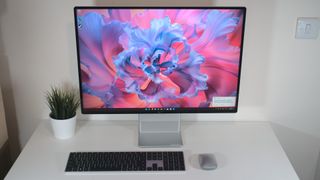
If there's one area of the Huawei MateStation X that everyone could appreciate, it would be the 28-inch display. This laminated gloss finish IPS screen is gorgeous with a better-than-4K resolution of 3840x2560, an aspect ratio of 3:2. The color range is impressive too with sRGB, Adobe RGB, and DCI P3 results coming in at 99.7%, 84%, and 98.2%, respectively.
It's incredibly accurate and bright too. The MateStation X display can hit a brightness of 500 nits, which helps combat reflections (alongside the anti-glare coating) on the glossy display. You'll likely see everything behind you in a brightly lit room, but it doesn't ruin what is otherwise a stellar panel. The one drawback to this screen is the refresh rate, limited to just 60Hz.
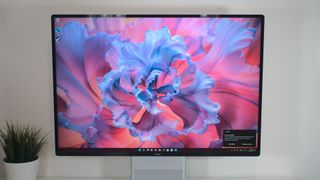
Did I mention it's a touchscreen? Well, you can use your fingers and a trusty stylus with the MateStation X, and since you can tilt the main screen by around 20 degrees, it does make for quite the sketchpad if you have a standing desk (or simply get up off your chair).
You won't require a set of speakers to be positioned to the sides of the Huawei MateStation X since the integrated 5W tweeters and 10W sub do an impressive job at blasting vibrations to your ears. It's surprising just how loud this PC will go before completely distorting your favorite Bob Marley track.
There's a built-in 720p webcam that's spectacularly subpar and matches what Apple supplied its desktop computers. It's okay for Zoom meetings and quick video calls, but you won't be running a streaming machine from here.
Huawei MateStation X: Performance
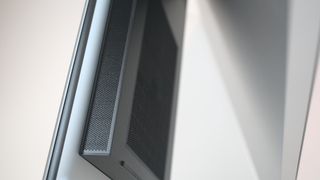
Because we're talking about the same AMD Ryzen processors that are found inside notebooks, one shouldn't expect astounding performance from the Huawei MateStation X. Still, thanks to the latest tech from AMD with Ryzen, it should be possible to run more demanding software. We threw a number of tests at the AIO PC to see how it fares against other devices with similar specifications.
| Benchmark | Huawei MateStation X | Lenovo Legion 5 Pro |
|---|---|---|
| Row 0 - Cell 0 | AMD Ryzen 7 5800H | AMD Ryzen 7 5800H |
| Geekbench 5 | 1,462 | 1,322 |
| Row 2 - Cell 0 | 7,946 | 7,209 |
| Cinebench R23 | 1,402 | 1,369 |
| Row 4 - Cell 0 | 13,067 | 12,458 |
| PCMark 10 | 6,209 | 6,725 |
Unlike portable PCs running AMD Ryzen processors (compared to the Lenovo Legion 5 Pro), Huawei doesn't need to roll pack power to conserve battery life since we're connected to a power outlet. This means we're seeing the full performance of the AMD Ryzen 7 5800H, and the results are pretty good. Not everyone requires the performance of 100W+ processors, and that's precisely where the MateStation X comes into play.
Running the benchmarks, the Huawei MateStation X got warm but the AMD Ryzen processor doesn't kick out that much heat for a desktop PC to handle. While the noise from the cooling system is apparent when heavier loads are placed on the chip, it's far better than many PCs out there. Under load, the Ryzen 7 5800H failed to go above 85C, usually resting at between 75-80 C.
Huawei MateStation X: Competition
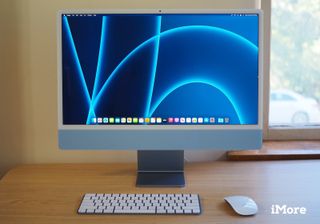
The main competitor to the Huawei MateStation X is the Apple iMac. In terms of design, Huawei has gone for a more professional look with black bezels and an all-aluminum build. There isn't a choice of colors, but the end result with everything set up is similar. AMD's mobile processors with Radeon graphics are good but don't quite match Apple's M1 chip.
Then there's the mightily impressive HP Envy 32. This AIO PC is designed with gamers in mind, thanks to the choice of up to an NVIDIA GeForce RTX 2080. Like the Envy 32, the Huawei MateStation X display is limited to a refresh rate of just 60Hz. This isn't an issue for most people, but 75Hz or 120Hz would have been nice for a slightly smoother and more responsive Windows experience.
Should you buy the Huawei MateStation X?
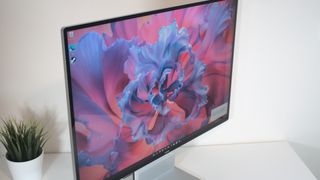
Who should buy this
- Those who don't mind spending a lot on an AIO PC
- Those who want a Windows PC that looks like an Apple iMac
- Those who want a premium workstation for light to medium workloads
- Those who use other Huawei products
Who shouldn't buy this
- Those who do not use other Huawei hardware
- Those who want more powerful desktop-class processors
- Those who want to enjoy some gaming with a dedicated GPU
Should you be hunting down an AIO Windows PC that resembles an Apple iMac, but runs Windows 11, the Huawei MateStation X may be just what you require. It's a little pricey compared to other PCs out there, but you're getting a stunning display, great audio, and good performance for daily work. Just don't expect high-end gaming performance.
Huawei nailed the design. The positions of the ports and power in are excellent, so too is the all-metal build of the MateStation X. If all you need is a PC you can unpack, plug in, and start using, this is a package that's worth considering. The only parts I find difficult to recommend the PC on are the keyboard, webcam, and 60Hz refresh rate.
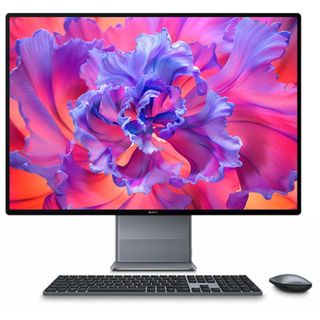
The impressive Huawei MateStation X is a great AIO PC for those who like the design of Apple products, but want to enjoy the Windows 11 experience. It's an almost perfect mix of both worlds.

Rich Edmonds was formerly a Senior Editor of PC hardware at Windows Central, covering everything related to PC components and NAS. He's been involved in technology for more than a decade and knows a thing or two about the magic inside a PC chassis. You can follow him on Twitter at @RichEdmonds.
